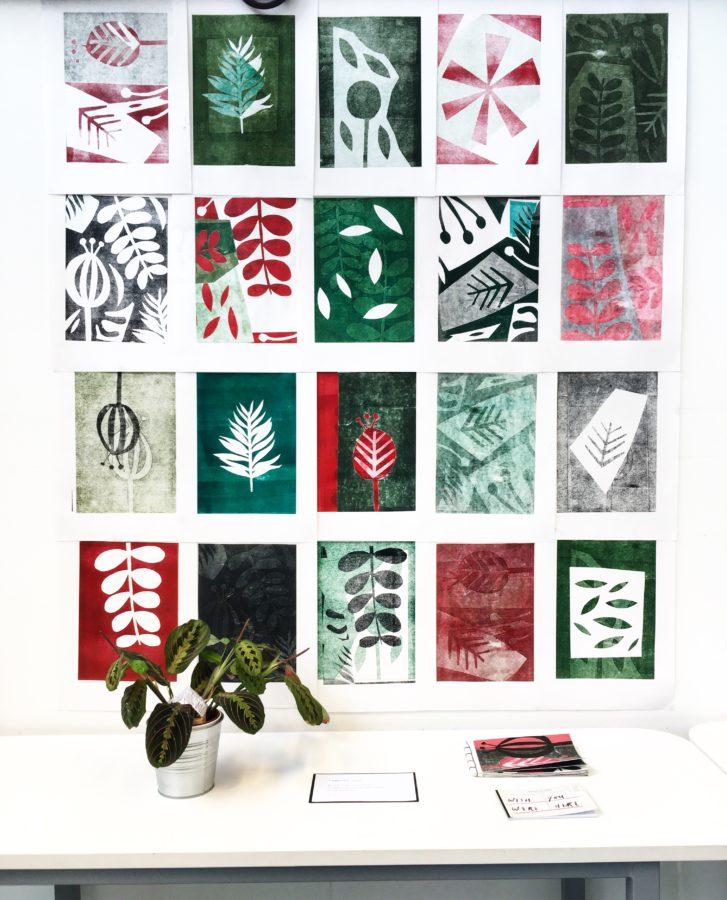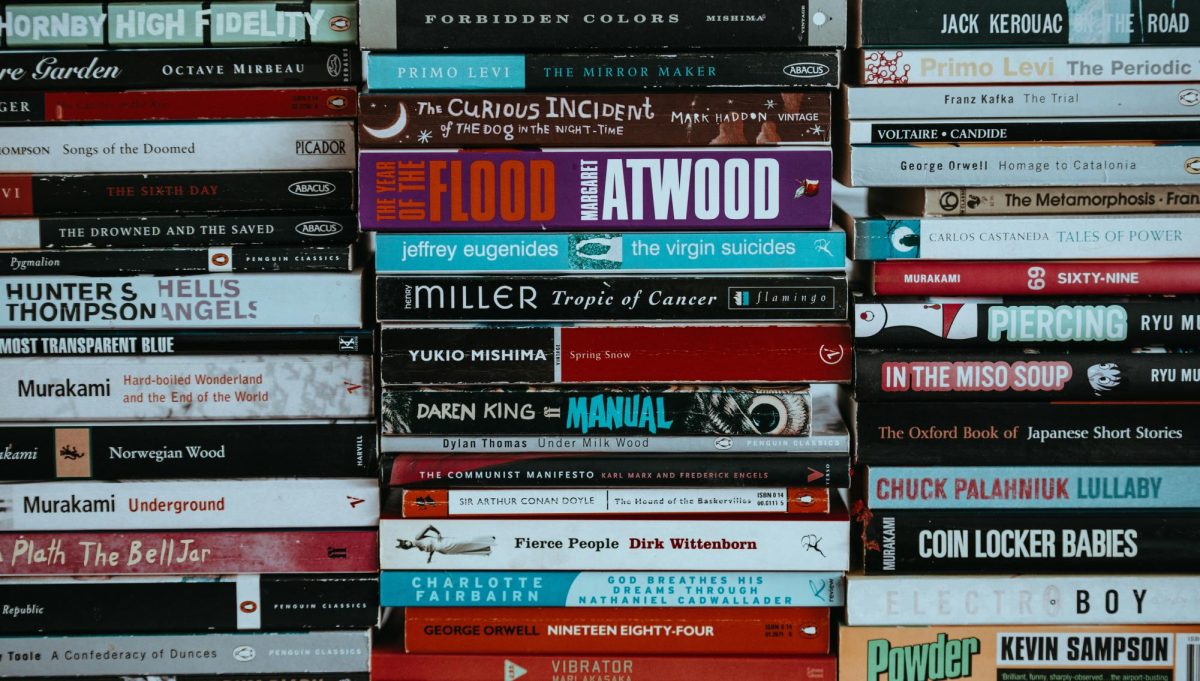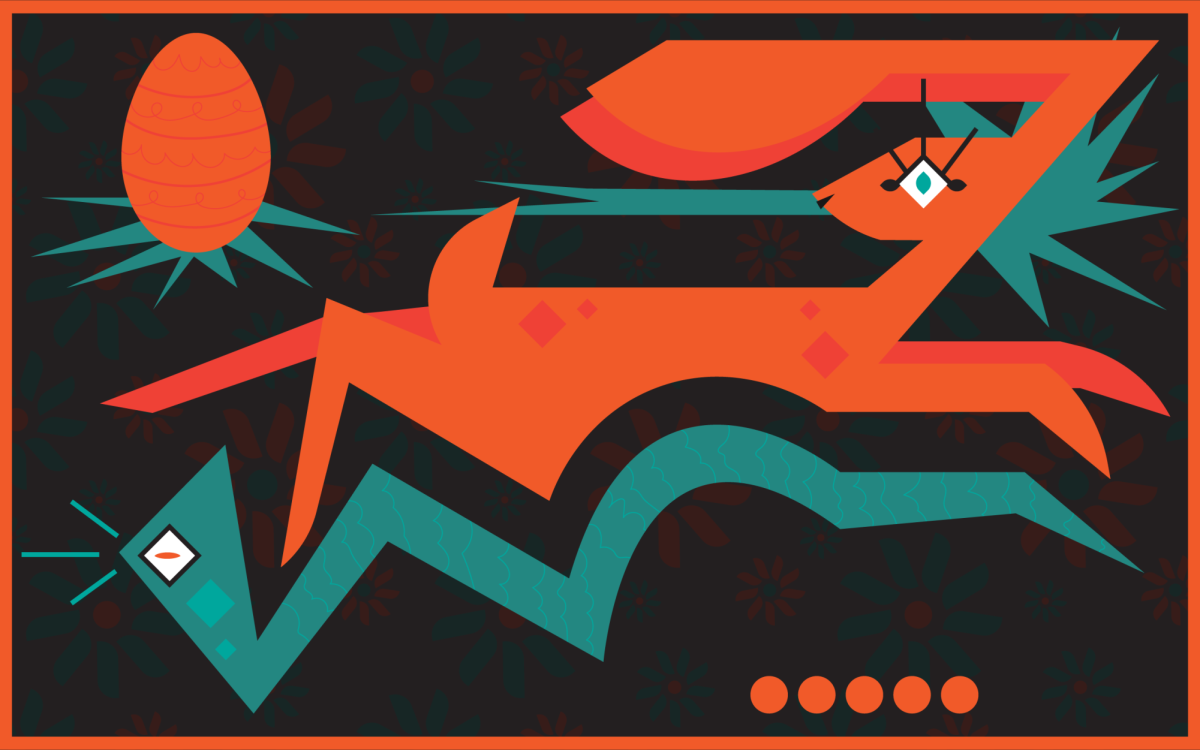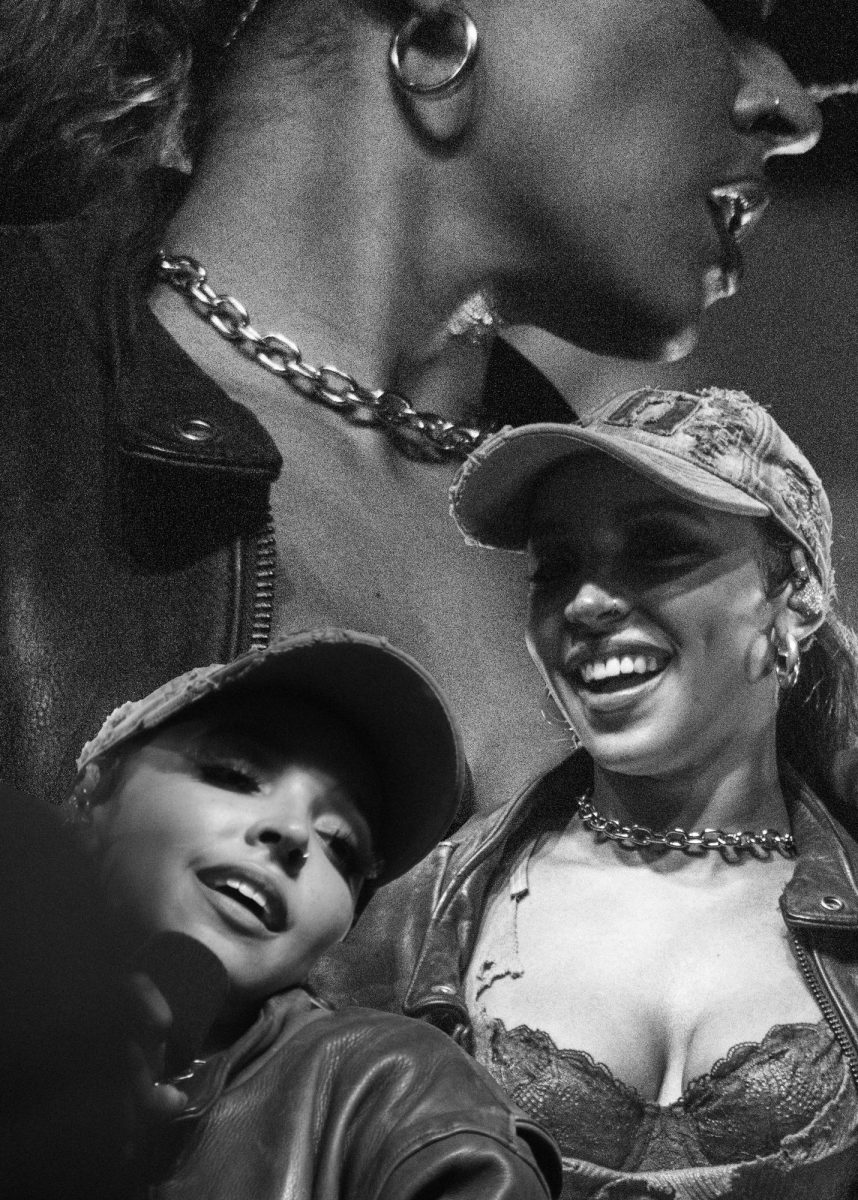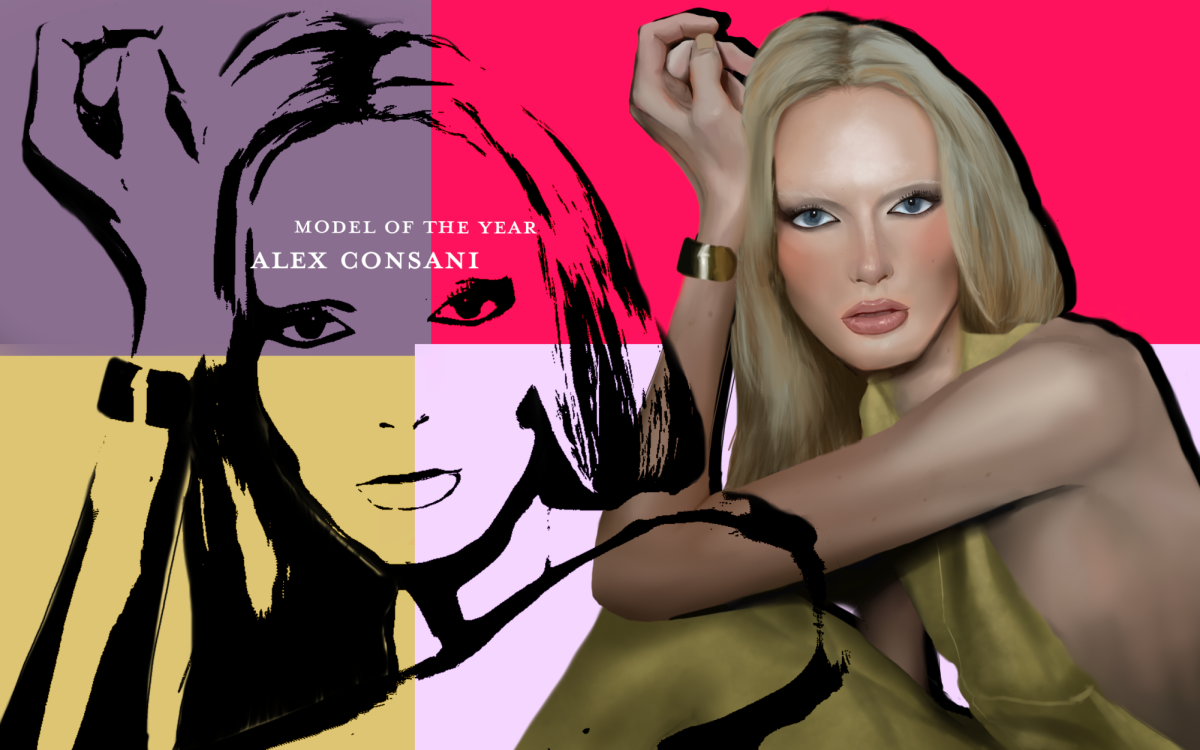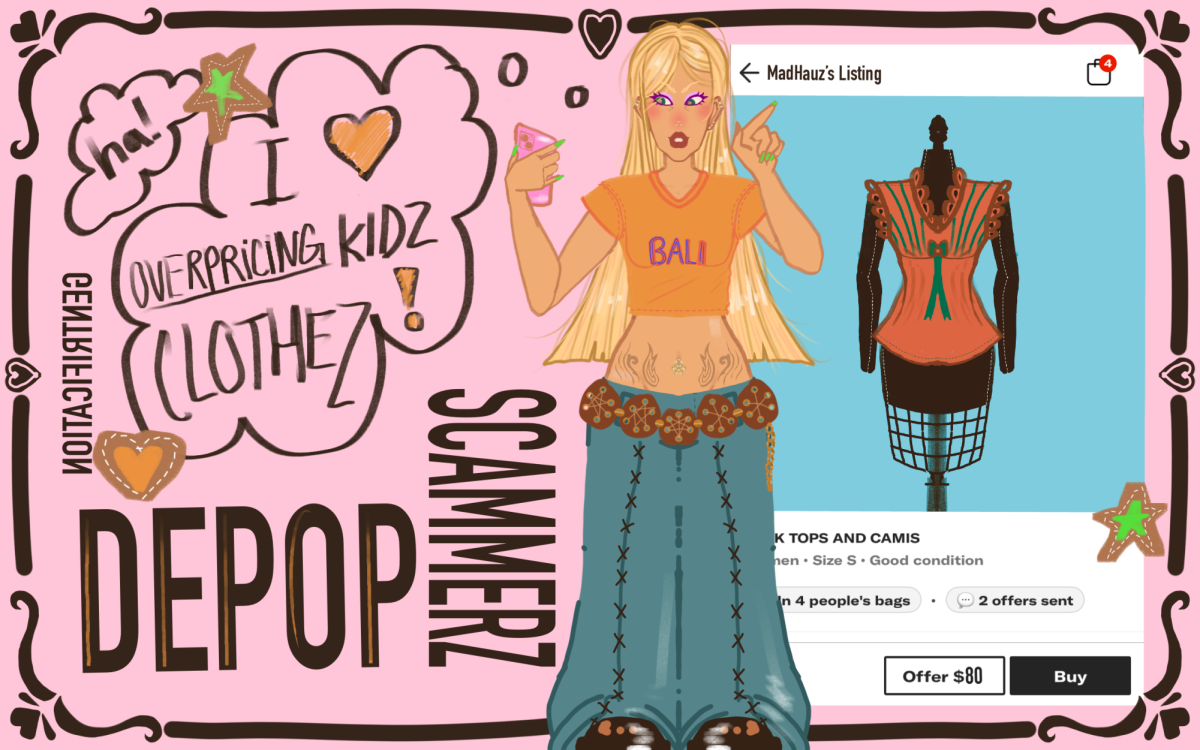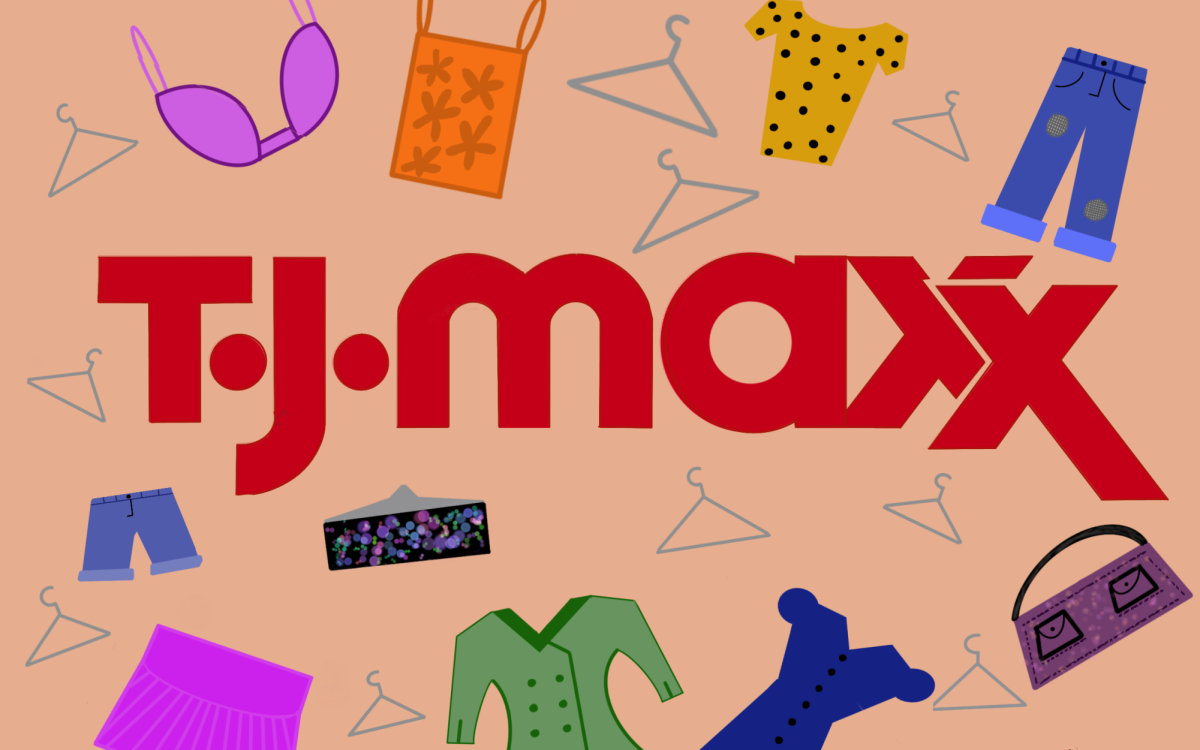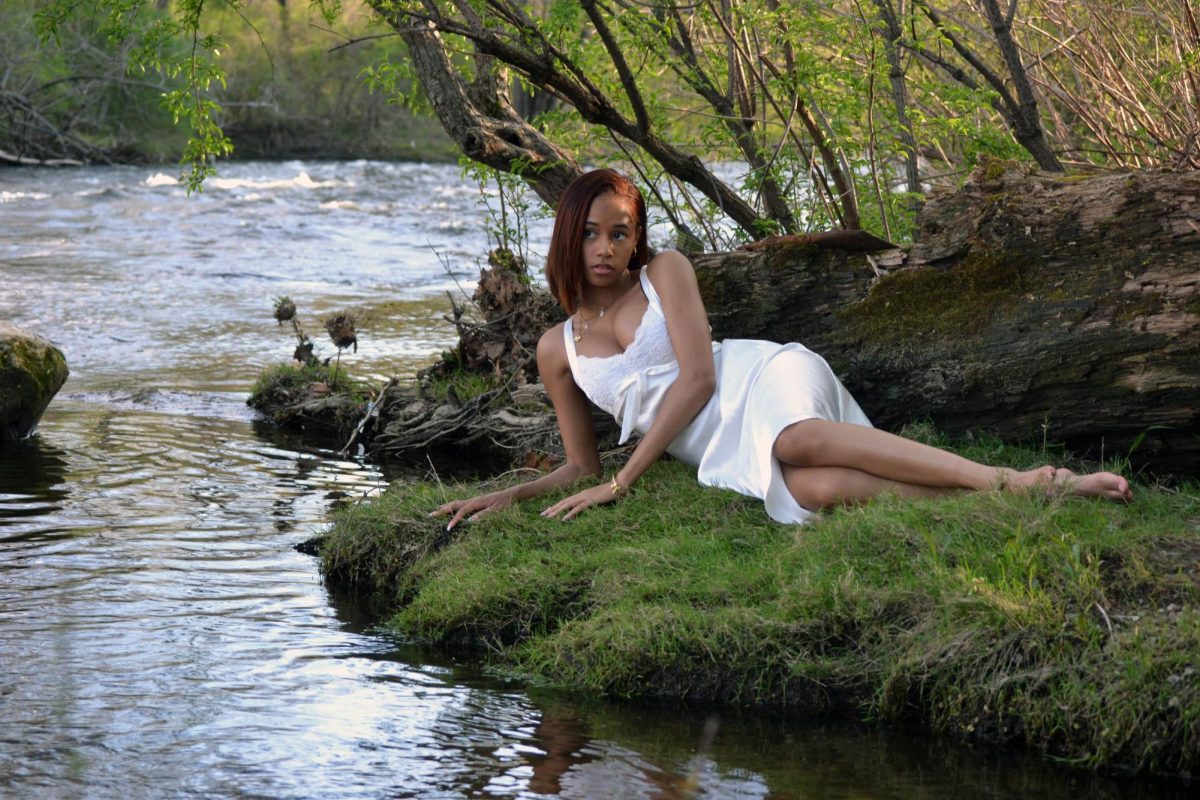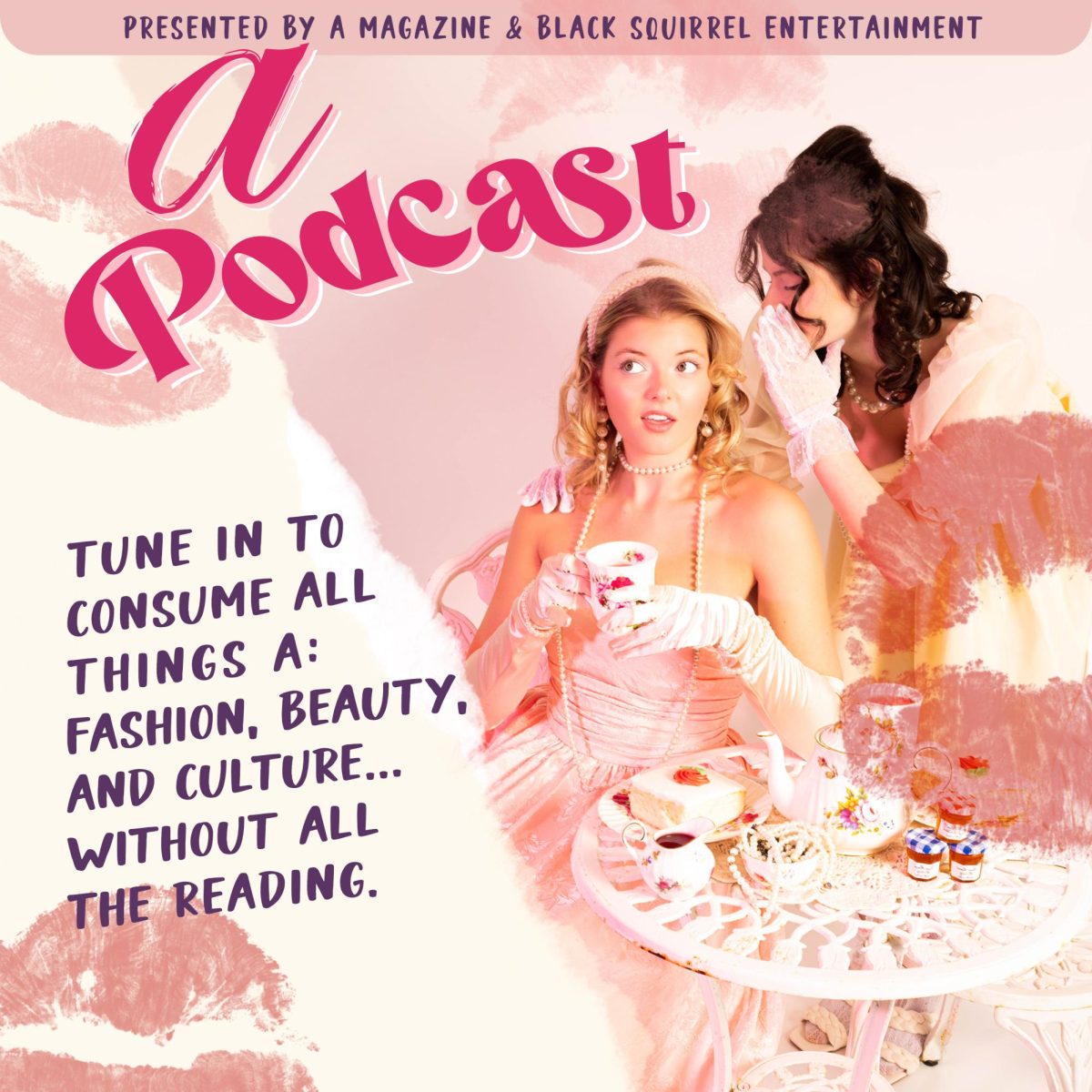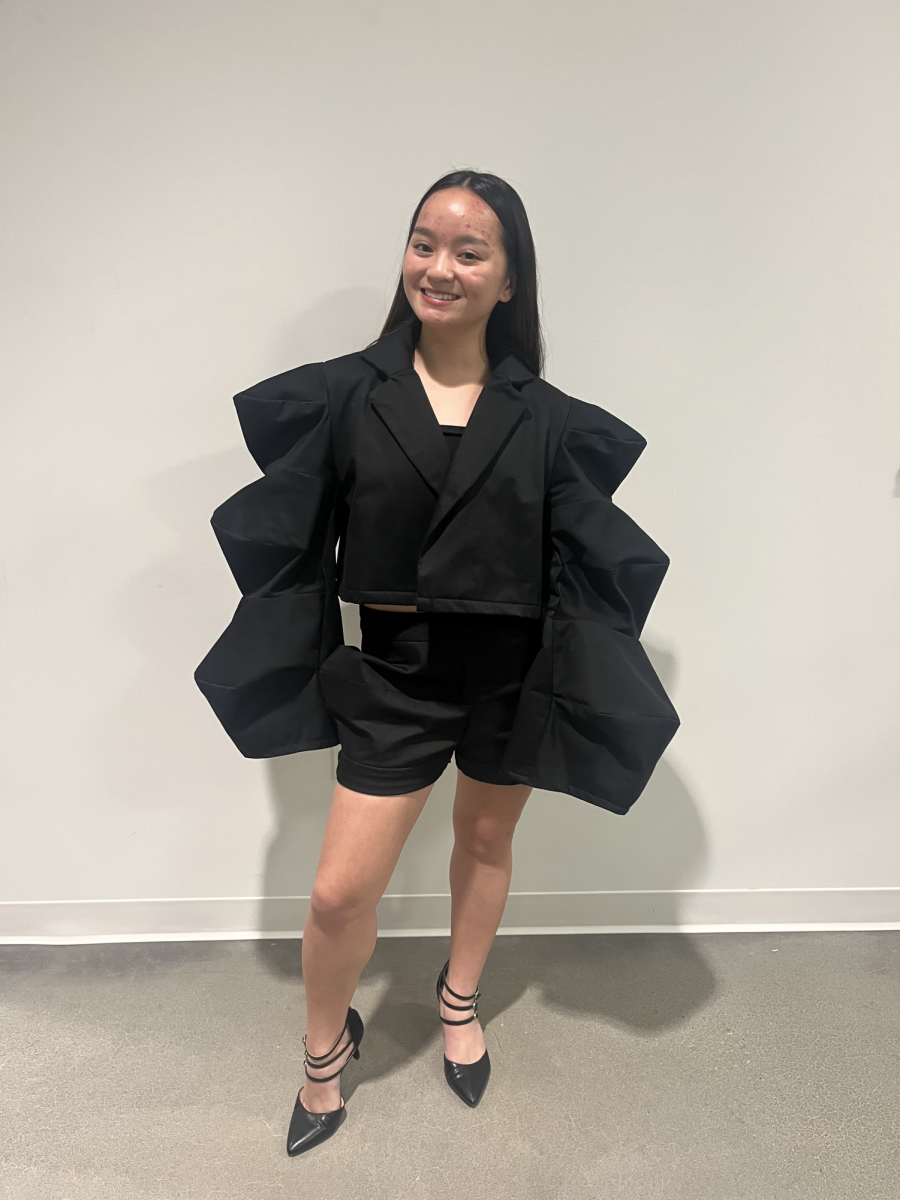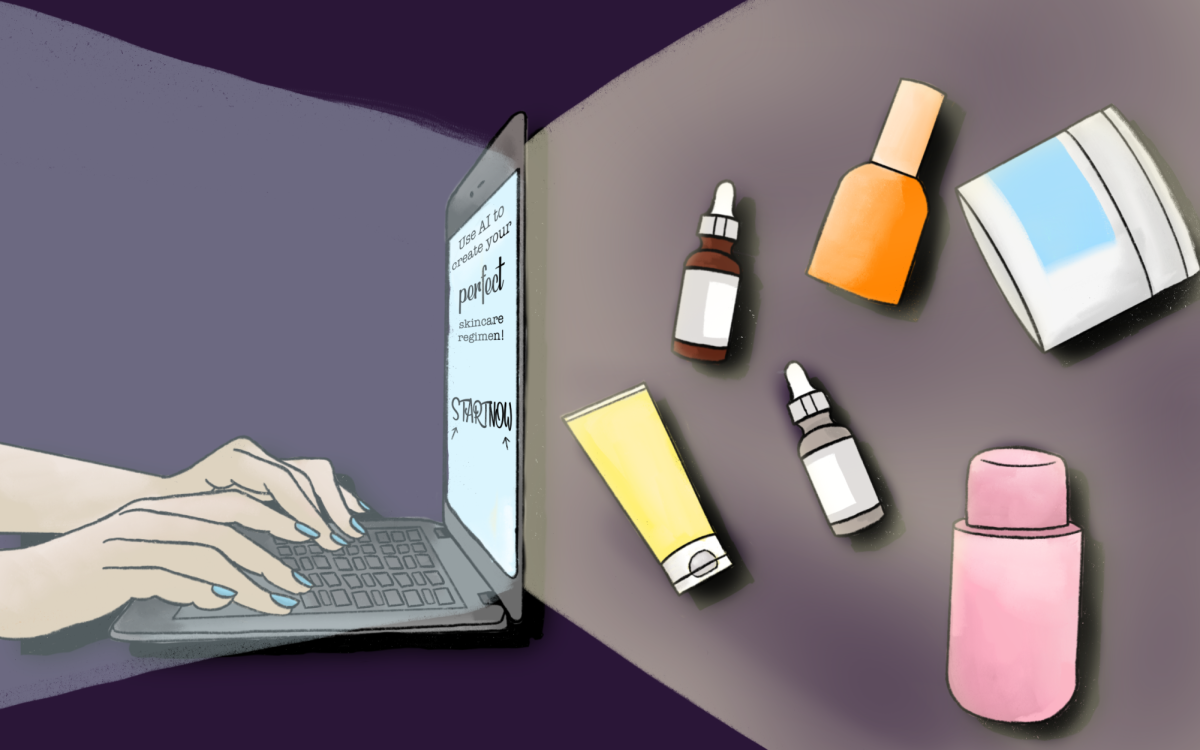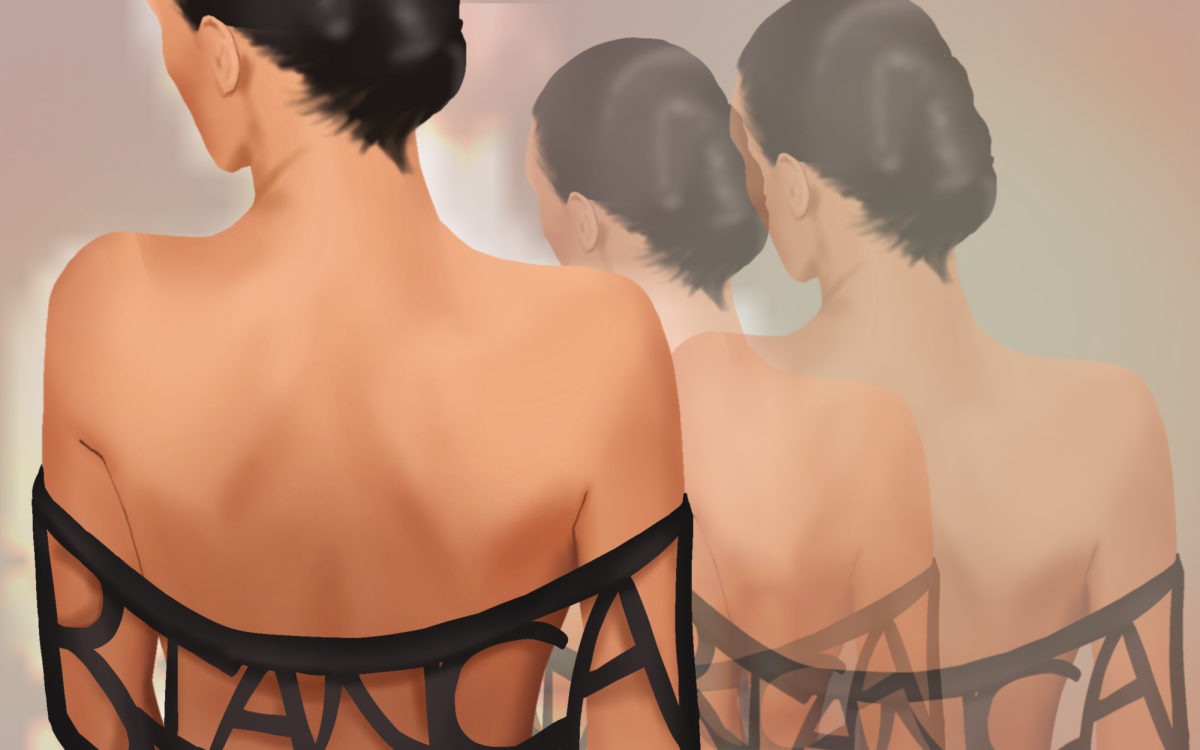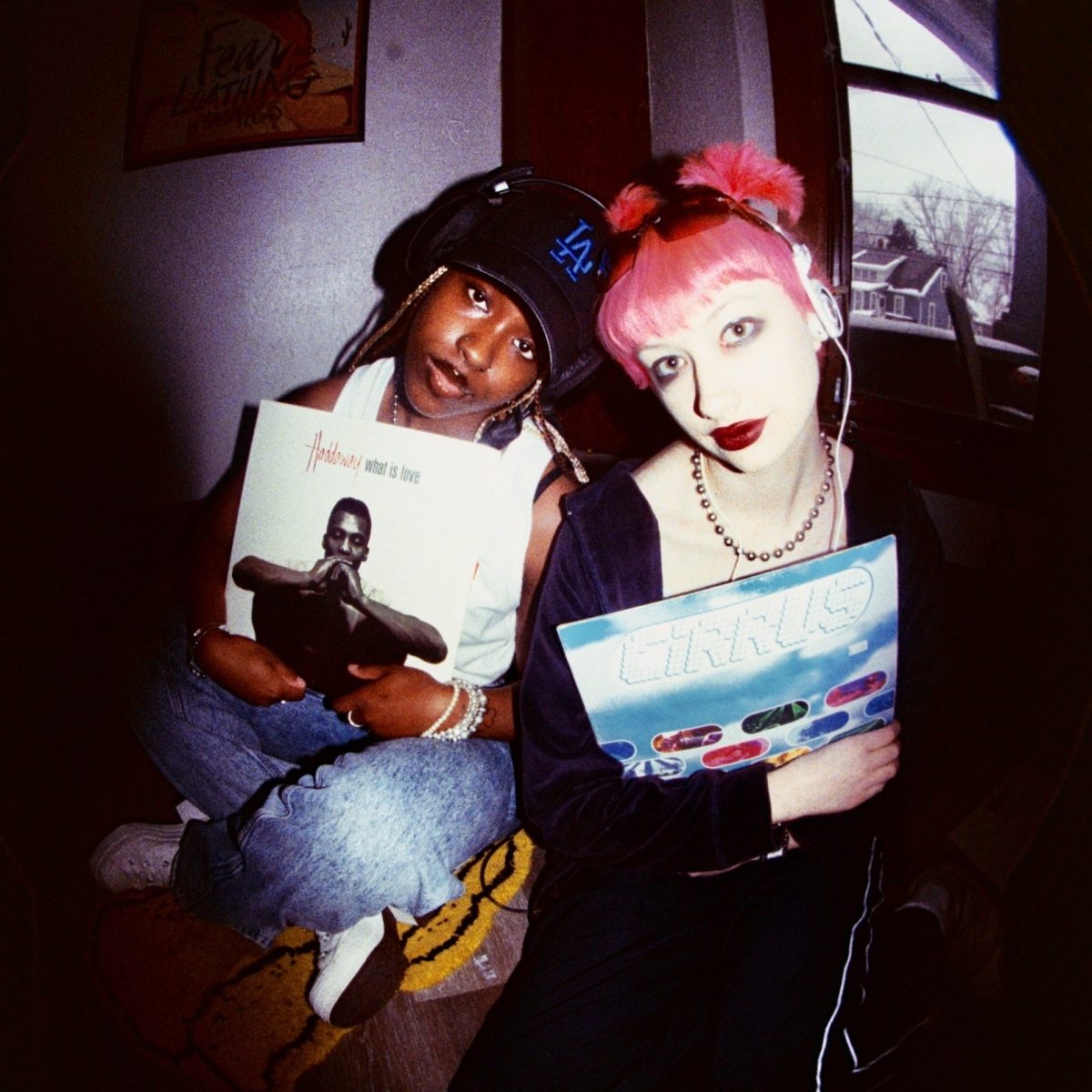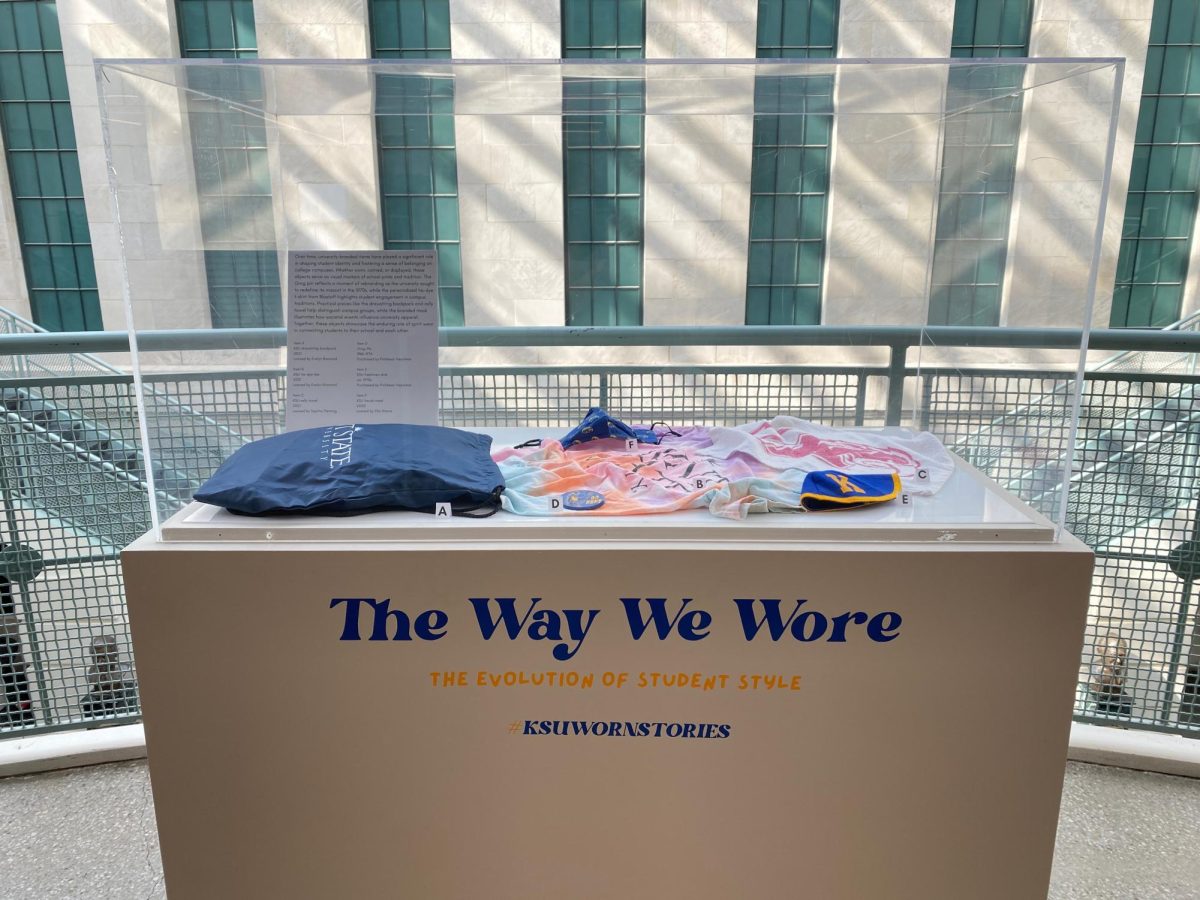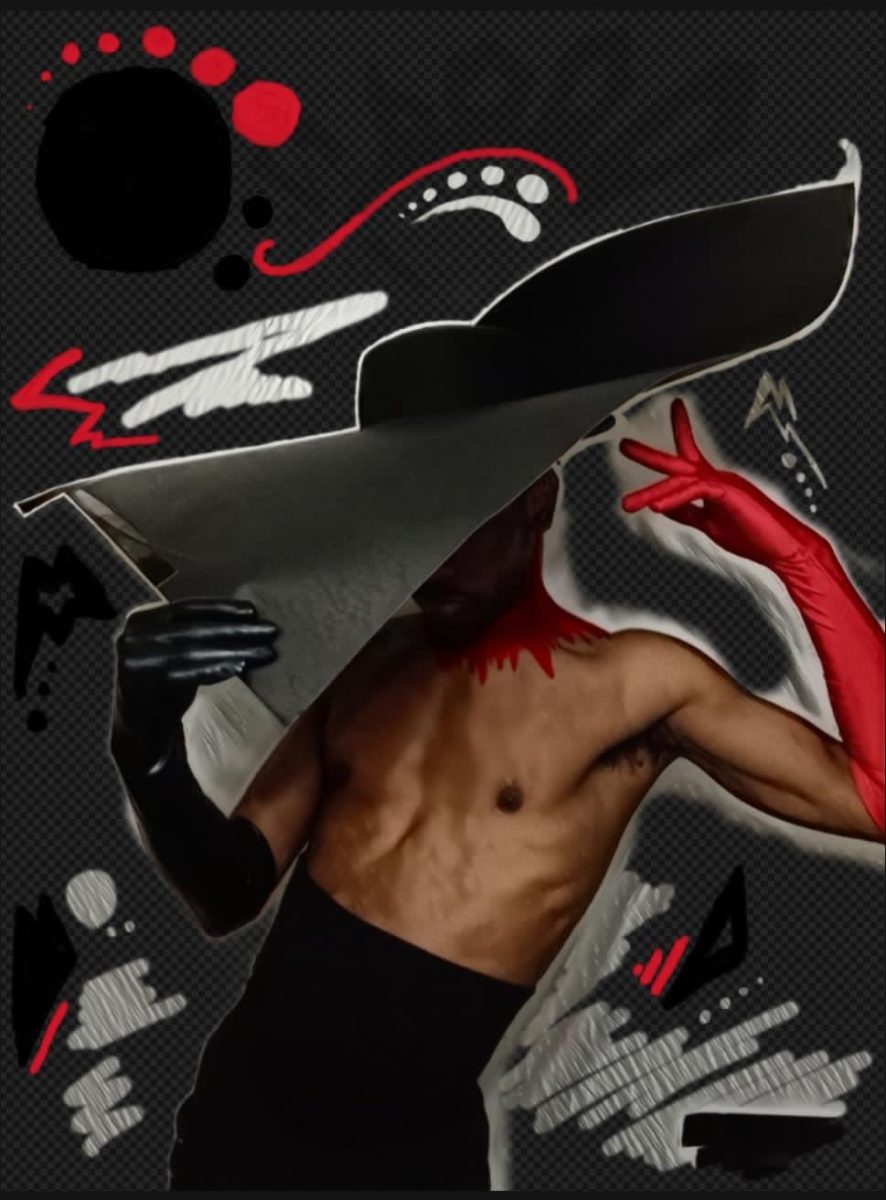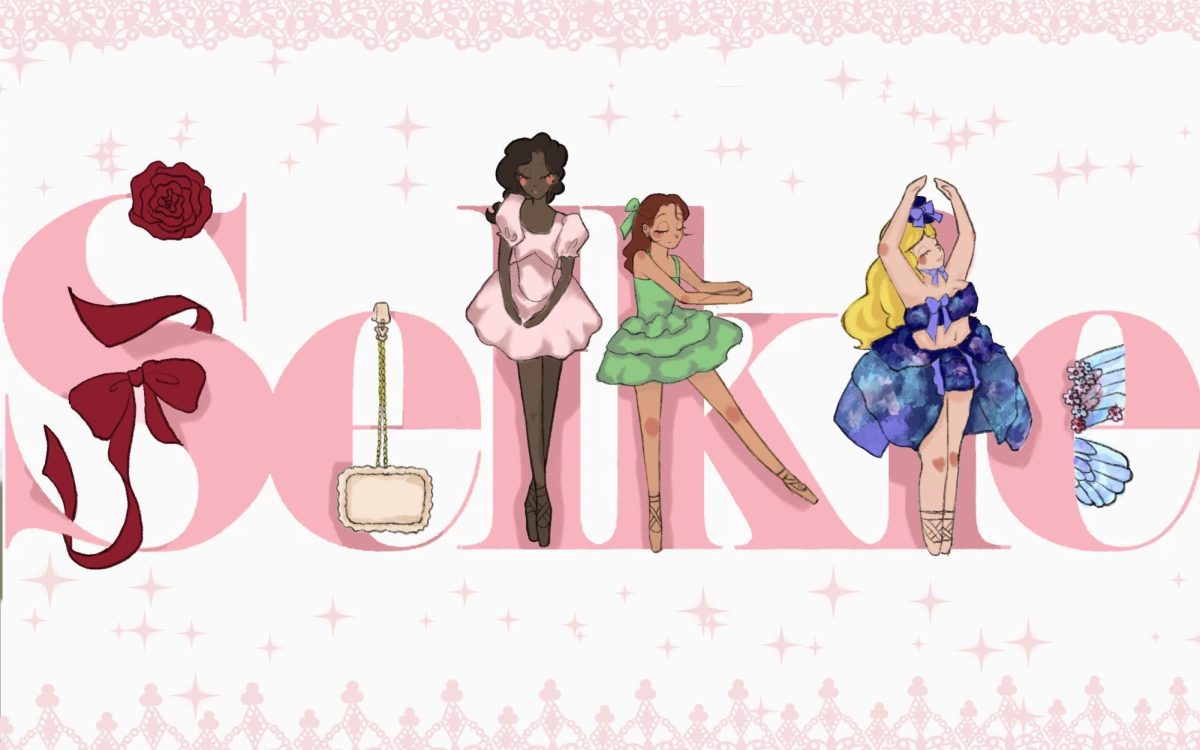Cait Mceniff is an illustrator from Warrington, England. She’s currently in her first year towards her illustration degree at Leeds Arts University. Cait has created countless projects using various artistic techniques. Her newest project titled “Wish You Were Here” features postcard collages curated from an imagined world where utopia has been achieved through the extinction of humans and the growth of nature. Cait tells A Magazine her story and the inspiration behind the collages.

A Magazine: We’d like to hear a little bit about you. Explain your style of art. How long have you been doing it? What typically inspires you?
Cait Mceniff: A couple of years ago, I really wasn’t sure what I wanted to do. I nearly went down the fine art route, but I ultimately found a better fit for myself within illustration. My style has been evolving and changing for a few years now. I’d say it has a childlike curiosity—messy, colorful, playful, daft. I’m inspired by human interaction and storytelling, people watching, place, atmosphere, the natural world, color and texture. As cliché as it is, most things inspire me. Be it a nice door or an odd-looking pigeon, the world is full of stuff to sink your teeth into.
A: Explain the meaning behind “Wish You Were Here.” What do you hope those viewing this collage get out of the art?
CM: These collages were born from a project in class called futurology. We were asked to produce an exhibit of an aspect of our imagined future world. I wanted to stray away from a dystopian, dark, grey, gloomy future so decided to go down nature oriented route. I chose to do my project on a human-less future but in a positive, utopian sense. The world would be a much healthier place if we let nature run her course.
A: Was there a certain thought or emotion you were trying to provoke?
CM: I like how at first glance some of the postcards look almost normal or unchanged. It’s only when you look a little longer you notice a skyscraper sinking or whatnot. It’s quite unnerving but humorous all the same. I wanted people to think about how the world would change for the better if we became extinct—how might this change actions in their daily lives?
A: Where did you draw your inspiration from for this project?
CM: The idea for my project, my inspiration, came from drawing simple natural forms and deciding how I could twist the futurology brief to include nature. I watched an interesting short video, which explained what would happen if humans suddenly disappeared. For this postcard book aspect of the project, my inspiration came mainly from the visual quality of looking at old postcards and the colors and aesthetics and how they could be juxtaposed and still retain the same style and color palettes.

A: What does it mean to you?
CM: This project has been both interesting and important to me through what I’ve learnt researching. One of the main things that stood out to me was the fact that if humans died, 50 million years later the only traces of us to exist would be plastic. It has made me continue to keep trying to live as sustainably as possible and to try and get my head around the power and scope of the natural world.
A: Describe the creative process behind this. How long did it take you? What were the necessary steps taken to create this?
CM: The hardest part of this project was the lack of creativity in the beginning. I suffered a pretty bad creative block for two weeks which was a bummer, especially when university deadlines are looming. I did some quick mockup versions of these collages, which helped me realize I wanted to take it further and make a little book. I spent a while sifting through old vintage postcards and working out which worked best together regarding color palette and shape. After collaging the postcards together, I simply scanned them in, reprinting them into pages. I then constructed into a little book to present them, titling it “Wish You Were Here.”
A: Do you plan on showcasing this anywhere?
CM: We had a little one-day exhibition at University for this project. I haven’t really thought about showcasing it anywhere else, but I’m keen on developing this project further, so we’ll see where it leads.
A: Is it an independent project or is it part of a bigger collection that you are planning?
CM: I really enjoyed this project—the collaging and bookmaking. It was a nice step back from the loose painting I’ve been doing lately, so definitely in the future—before the utopian, human-less future—I’d like to explore this project further outside of the university context, maybe even make some more complicated collages and zines.
Like what you see? Make sure to check out more of Cait’s art on her social media, or feel free to browse the art on her website!
Cait’s Instagram: @caitmceniff
Cait’s Website: caitmceniff.tumblr.com
Cait’s Etsy: etsy.com/uk/shop/caitmceniff

